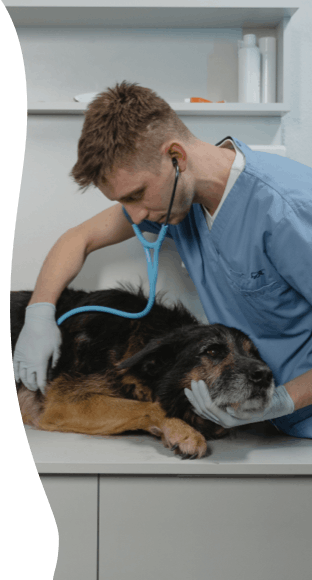Introduction
Adding a new four legged member to the family is a big decision that requires a lot of preparation. Before bringing your new pal home, there’s a lot of research to do. Consider things like breed, size, temperament, and care routine. You also need to have toys, food, bedding, and a leash ready to go. It may seem like a lot of work, but once that tail waggin’ friend walks into your life you’ll be absolutely smitten! Knowledge is power, so read on to find out what you can expect during the first month of having your new furry best friend.
Adjustment

Whether your doggo is coming from a shelter, breeder, previous owner, or your two legged child brought them home one day, your house is a new environment to them and they need time to adjust. New smells, new rules, and a new routine can be a lot for a dog to take in. One of the best things you can do is give them their own space. Place a crate, a blanket, or a doggy bed in a designated spot so they have a refuge. If your pal isn’t eating, try feeding them a few small meals throughout the day. If they are house broken, the stress of a new home may cause them to have an accident or two. Every dog is unique, and some may thrive in a new setting while others may take longer to settle. The good news is most pups are adaptable, and with some guidance and TLC they will feel right at home in no time.
Routine

Just like human children, fur babies do best when they have a routine. Creating a fairly predictable schedule for your pal helps them feel secure. Your newly adopted dog will appreciate knowing what to expect in their new environment. Develop a schedule for eating rather than free feeding, and establish regular meal times. Doing this will help prevent food guarding, lack of impulse control, and overeating. A meal routine naturally creates a potty routine. If you have a puppy on your hands, potty breaks should be frequent. Besides meals and potty breaks, create an exercise routine. This is the best part of your pup’s day, and after a couple weeks, they will know exactly when it’s time to put the leash on! Don’t forget to also schedule time for training. Once your routine is down, you and your new friend will know what to expect from each other.
Behavior

Despite what the shelter or previous owner told you about your new dog’s behavior, it can all change when they arrive in a new environment and are adjusting to a new pack. This means a timid dog can become curious, or an obedient pup can have a rebellious streak. So even if your pooch isn’t a young pup, it’s still a good idea to puppy proof your home. Chewing can be a stress reliever for dogs, so remove all temptation by keeping expensive shoes and objects out of reach. Start teaching your pal the house rules right away. Until they can be trusted, don’t leave them unsupervised. Use baby gates or a crate to keep them from roaming the house when you are away. There will pawbably be some rule breaking, but be patient and consistent. Consider signing up for an obedience class. This is a great way to bond with your new buddy and that’s what having a dog is all about!



